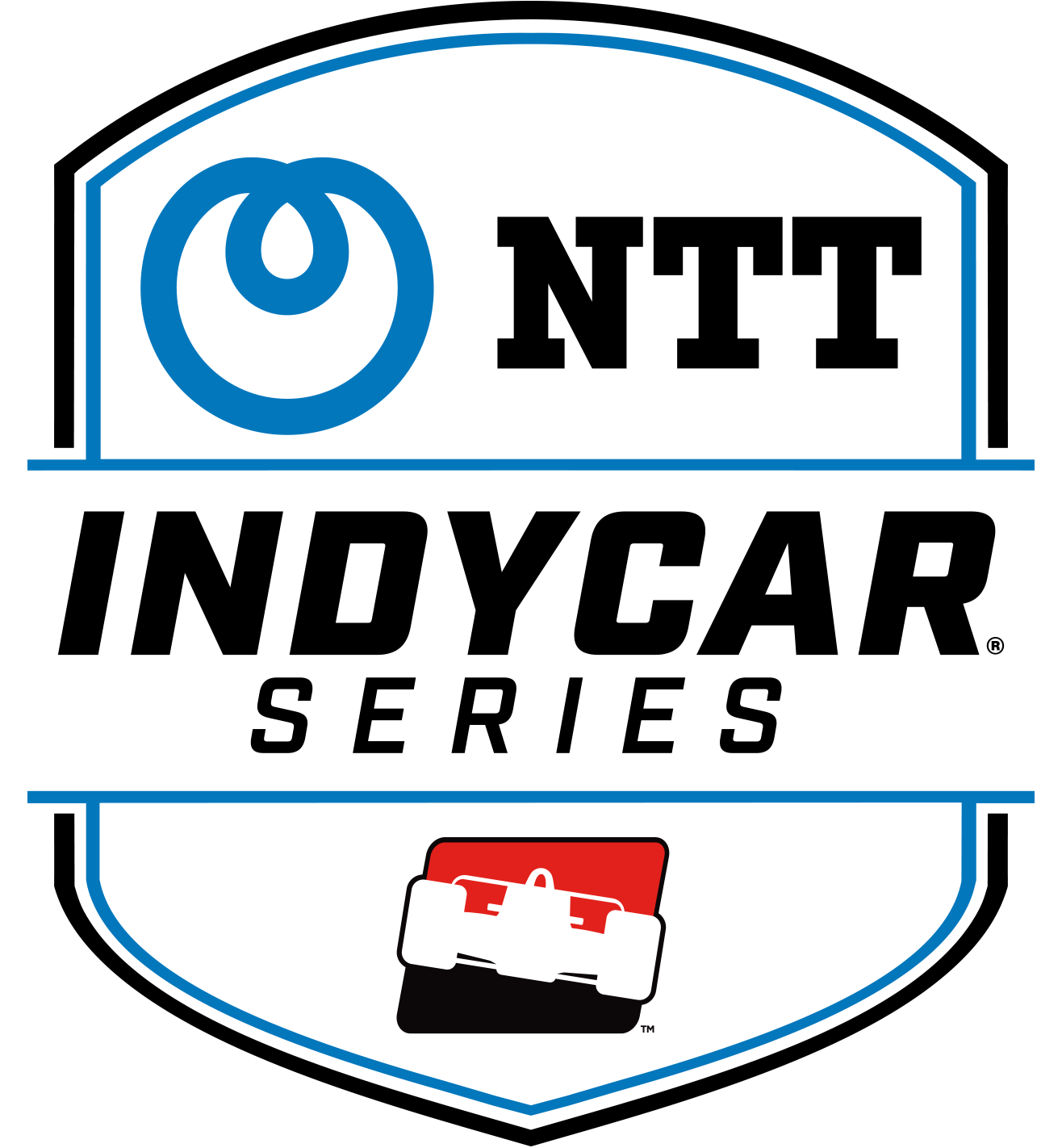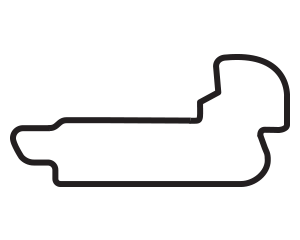Homologated helmet standard mandatory in '13
MAR 15, 2013
Supplementing enhancements for driver safety incorporated into the 2012 Dallara chassis, IZOD IndyCar Series and Firestone Indy Lights drivers will be required this season to wear safety helmets that meet or exceed the FIA 8860-2010 specification.
The homologated helmet standard is included in the IZOD IndyCar Series and Firestone Indy Lights rulebooks. The helmet standard was approved for use in 2012. It is recommended for 2013 Pro Mazda Championship Presented by Cooper Tires and Cooper Tires USF2000 Championship Powered by Mazda drivers, and will be mandatory in 2014.
Development of the helmet by the Federation Internationale De L’Automobile (to the general public, the governing body for auto racing) and the FIA Institute was spurred by the 2009 Formula One incident in Hungary in which a bouncing spring from another car gave Felipe Massa’s helmet a glancing blow, knocking him unconscious and causing him to crash. He suffered non-life-threatening head injuries.
“The 8860 helmets provide the drivers more penetration resistance because of the penetration specification that requires a thicker carbon fiber shell,” INDYCAR director of engineering Jeff Horton said. “Because we race open-wheel cars, debris on racetrack is a potential projectile.”
In a crash, the helmet works in conjunction with the floating headrest and Expanded Polypropylene (EPP) foam panels built into the cockpit, the frontal head restraint and the energy-absorbing EPP driver’s seat to protect the occupant. A 3-inch-thick EPP panel was placed behind the seat, while a 1.2-inch-thick panel is under the seat. One-inch-thick panels are on either side of the arms, and those are complemented by Zylon panels built into the tub.
Driver safety is INDYCAR's top priority.
“What we’re trying to do is decelerate the driver at a slow rate, which helps prevent injuries," Horton added. "The headrest with the sliding rear panel worked nicely in the old car and Phase 2 – using EPP foam on the sides instead of EPS (Expanded Polystyrene) -- has been introduced into the new car and has worked very well. We can tell that by the head G forces recorded by the ear sensors and the car Gs of the crash data recorder.”Manufacturers, many utilizing advanced compression molding autoclave technology, have updated their inventories to provide helmets that are certified to the Snell SA2010 and FIA 8860 standards.



















